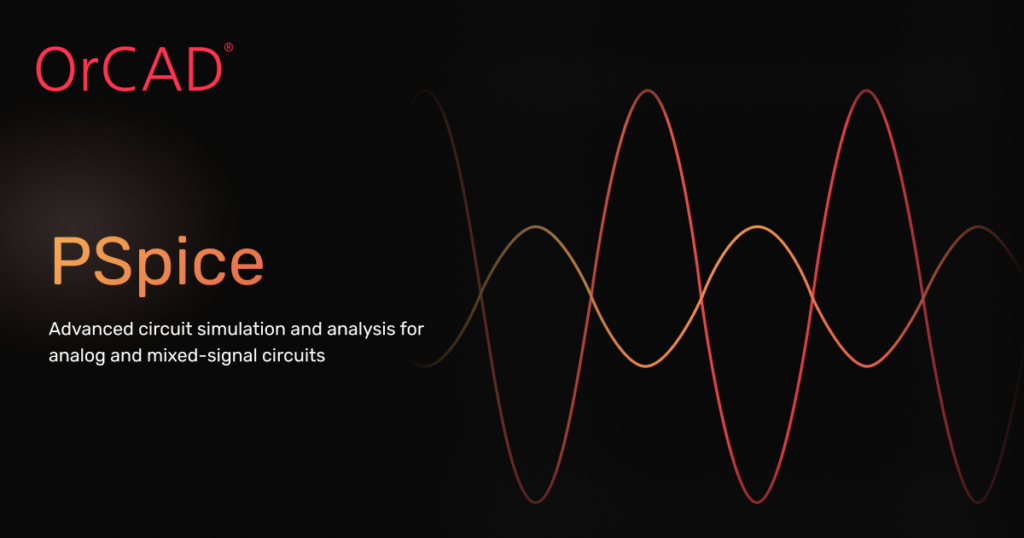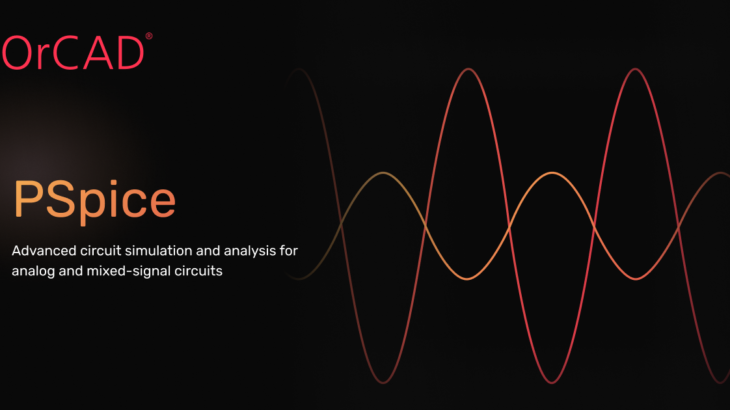
The ability to design without incurring the costs and effort involved with a real product is helpful, especially at the beginning of product development, change between circuit elements and even circuits themselves via digital integration is expeditious and allows for highly accurate analysis. Although testing can’t account for every anomaly of the physical world, models have become comprehensive enough to provide more than adequate stand-ins.
It should come as no surprise that the growth of circuit simulation has vastly increased productivity during design. The result is not just faster development speeds, but also more thorough designs due to the ease at which users can quickly build, probe, and analyse circuitry Circuit simulation provides an indisputable framework for modern PCB design.
Simulations aiming to model the performance of materials and non idealized components are still able to perform exceedingly well compared to real-world substitutes. Accuracy is important, as numerous aspects within the circuit are dependent and things such as impedance matching, parasitic, temperature and more will have a pronounced effect on the overall performance of the components, substrate, and board features. Variations in manufacturing processes based on equipment and material tolerances can be adequately accounted for at this stage of the board’s development, which can also serve as an evaluation of acceptable yield using Monte Carlo.
Differentiating Analog and Digital Simulation
Mixed-signal systems play a vital role in PCB design. In general, analog components are devices that are exposed to the environment and measure or interact with some continuous occurrence in the physical world, whereas digital components operate on a basis of high and low voltage levels that constitute triggers for on and off levels in circuitry. The difference between the two domains can be easily blurred. Both analog and digital circuits, and even mixed systems, require thorough inspection and probing to improve the schematic design and increase efficiency.
The methods for representing as well as working with analog and digital circuits are vastly different. Digital circuit simulation suggests a difference in pattern due to analog design, Analog computations can become overwhelming at large scales for complex circuits . Major designing software is likely to offer support for both analog and digital designs, it’s good to understand the differences in operation between the two modes:
Analog- Analog components are those that will be most familiar, including the basic circuit building blocks like resistors, capacitors, inductors, diodes, transistors, and other similarly fundamental design elements. Simulation software such as PSPICE provides extensive features for users to study circuit responses.This includes
- AC/DC waveform analysis and circuit response.
- Transient analysis for the transition to or from steady-state behaviour in switching circuits. This includes oscillatory response behaviour of the circuit as well as inherent properties of the transients, such as rise time and overshoot or other errors.
- Transfer function for time/frequency domain conversions as well as amplification for op-amp network and circuits of similar functionality.
Digital- Digital circuits model is more conceptual fashion. As these circuits have a direct implementation of software operating devices like microcontrollers or FPGAs. Designers will often use these environments to simulate circuits by selectively encoding certain features or enabling/disabling components entirely.While there are handful of design languages, most digital toolsets incorporate at least one of the following:
- Verilog is a modular hierarchical programming environment operating with concurrency. A portion of the language is synthesizable, meaning it can be directly ported to FPGA or other programmable hardware.
- VHDL is a bit more conceptual than Verilog. It is not directly synthesizable, this allows for modelling and simulation prior to gate and wire translation. VHDL is more of a traditional programming language due to its strong typing. VHDL has an inherent learning curve that allows the designer to improve flexibility in design approaches with some practice.
Circuit simulation increases a design potential by eliminating the restrictions on the ability to build and test various circuit configurations. Designers will enjoy the benefits of PSPICE functionality as part of Cadence’s PCB Design and Analysis Software toolset. This provides greater control over all ECAD-related design stages. Combined with OrCAD PCB Designer, product development has been faster.
Sunstream is the leading reseller of Cadence tools in India geography. We provide best prices, parallel support, an all inclusive training platform and free apps to power your design process for each of our customers. If you are looking for any Cadence tools like OrCAD, Allegro, Pspice, Sigrity, Clarity, Celsius or any services in PCB related area, we will be the ideal partner to reach out. Talk to us today to see how you can get more value for your PCB tool investment.




 +1.585.935.7123
+1.585.935.7123 +91-804-148-6861
+91-804-148-6861